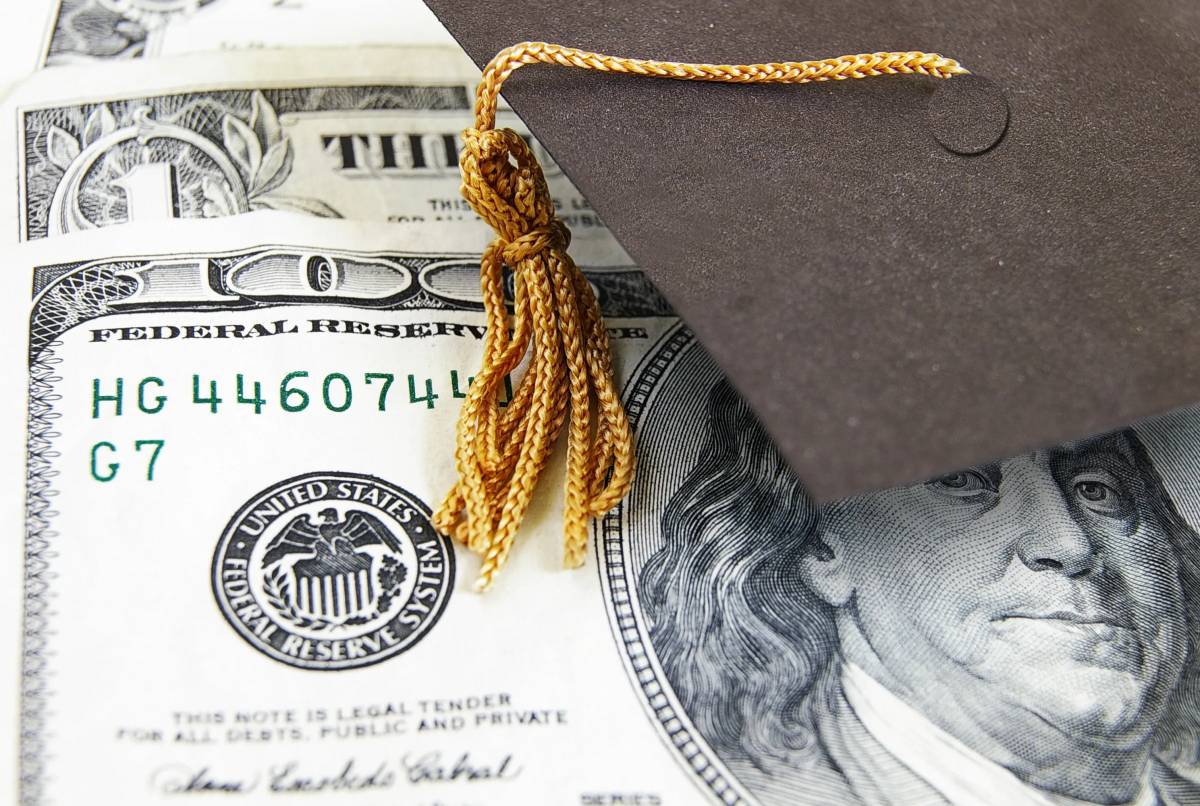American Education Funding

Public high schools, which educate about 90% of America’s K–12 students, are largely funded through local property taxes and state allocations. Federal funding typically accounts for less than 20% of their annual budgets, though this figure can rise to over 70% in districts serving high-poverty populations. In contrast, private high schools educate approximately 4 million students nationwide and receive little to no direct government funding. Instead, they charge tuition and supplement this revenue through donations and fundraising efforts. These schools are not bound by the same public accountability standards and are often located in wealthier communities, creating disparities in both resources and student outcomes.
In higher education, public colleges and universities benefit from state appropriations, tuition revenue, and substantial federal support through grants, research funding, and financial aid programs. However, this support has shown signs of erosion in recent years. During Trump’s first term, federal cuts to public higher education totaled around $2.1 billion, nearly twice the reductions faced by private institutions. At the same time, private universities were hit with a new 8% tax on endowment income, a policy targeting schools with endowments exceeding $500,000 per student, and expected to raise $761 million over ten years. These contrasting policies began to shift the financial balance between public and private colleges, especially for institutions that rely heavily on federal research funding and student aid.
In Trump’s second term, the contrast has deepened. One of the most consequential moves came in early 2025, when Trump signed an executive order significantly downsizing the U.S. Department of Education. The restructuring eliminated key offices responsible for enforcing civil rights protections, managing federal student aid, and supporting disadvantaged schools. Critics warn that these cuts will leave high-poverty districts without the federal oversight and support they depend on, particularly Title I funding which plays a crucial role in leveling educational opportunity.
Additionally, the administration placed $6.8 billion in federal education funds under review, delaying their release to states and school districts. In Indiana and several other states, school officials have already warned that this could result in teacher layoffs, larger class sizes, and cuts to crucial student services. These disruptions, which come just as schools prepare for the fall term, could prove especially damaging for districts already operating on tight budgets.
Trump’s agenda also includes an aggressive push for expanding private school choice through vouchers and tax credits. A new federal tax credit program enables individuals and corporations to claim up to $1,700 in credits for contributions to scholarship organizations that fund private school tuition. This initiative alone could divert an estimated $25.9 billion in federal revenue over the next decade. Similarly, states like Texas have passed expansive voucher laws that allow families to receive up to $10,000 in public funds per child to spend on private education. These efforts reflect a broader shift toward directing public money to private institutions, effectively weakening the traditional public school system.
At the college level, further reforms have been introduced through what Trump has called the “One Big Beautiful Bill.” This sweeping legislation includes provisions that eliminate subsidized federal loans for graduate students, limit the scope of loan forgiveness programs, and impose new repayment rules that could raise monthly payments for many borrowers. In place of some aid programs, the administration has created “Trump Accounts”, government savings accounts with a $1,000 initial deposit, intended to support future educational or home purchase costs. While these accounts may benefit some, they are unlikely to offset the broader financial strain caused by the withdrawal of federal support.
Trump’s policies are also affecting elite universities in other ways. The administration has suspended federal research funding for several Ivy League institutions over concerns about free speech and bias, including allegations of antisemitism and the suppression of conservative viewpoints. While framed as an effort to uphold academic freedom, critics argue that these moves politicize research funding and threaten institutional autonomy. The withdrawal of grant money could significantly impact major research universities, especially public ones, that rely on federal support for scientific advancement and economic development.
All together, these policies represent a fundamental reordering of the federal government’s role in education. Public schools and universities stand to lose key funding streams that support low-income students, protect civil rights, and ensure access to affordable education. In contrast, private schools and colleges, especially those not reliant on federal dollars, may benefit from relaxed oversight, expanded tax credits, and new voucher programs that channel public money into private hands.
The long-term consequences of these changes could be huge. Redirecting funding from public to private education risks worsening existing inequalities. Public schools may face increasing challenges in maintaining staffing, good programs, and inclusive services, while private schools gain expanded resources and freedom. In higher education, public universities may be forced to raise tuition or cut programs to make up for lost federal support, placing an even greater burden on students and families.
Supporters of Trump’s agenda argue that promoting school choice and reducing bureaucracy empowers parents and encourages excellence. Detractors warn that these policies undermine the collective promise of public education and create a tiered system in which opportunity depends more than ever on income and geography.
As federal dollars shift, regulatory structures dissolve, and private options expand, the American education system faces a crucial moment. Whether these reforms lead to greater opportunity or deeper inequity will depend on how states, institutions, and communities respond, educational funding and structure will be changed for the foreseeable future.
– By Mika Katznelson
